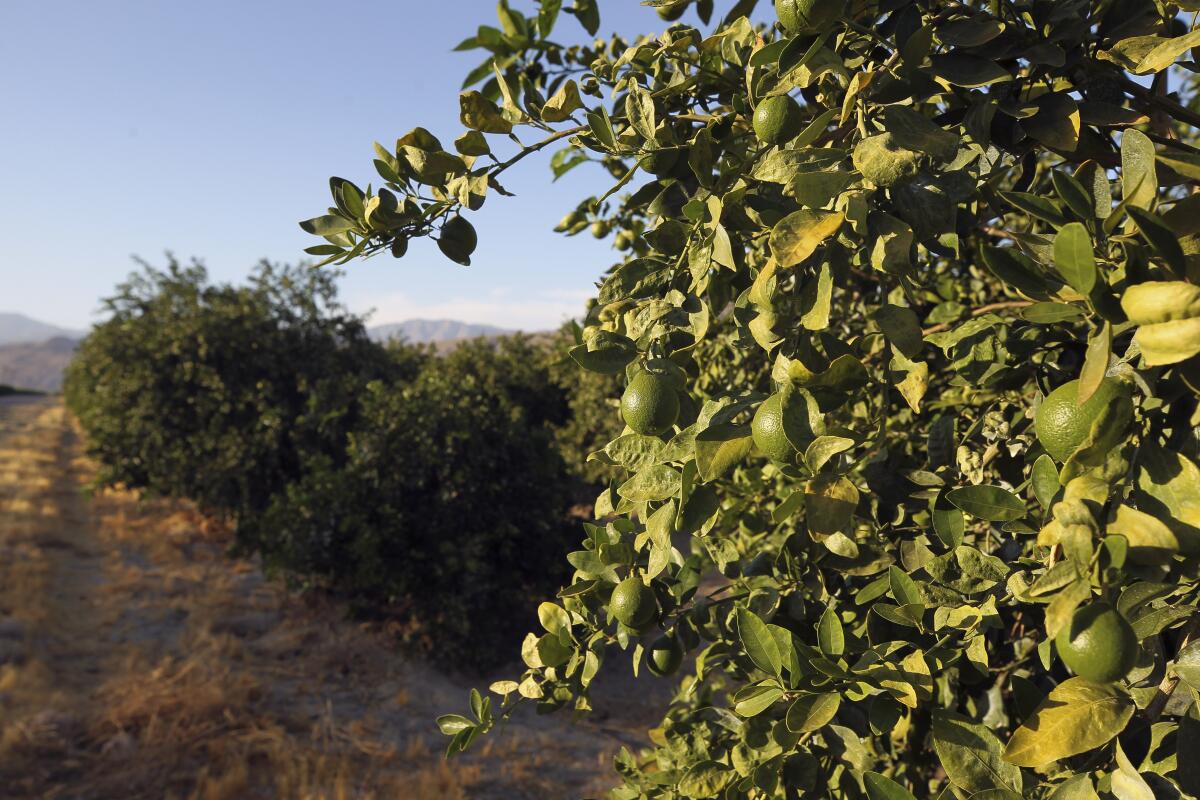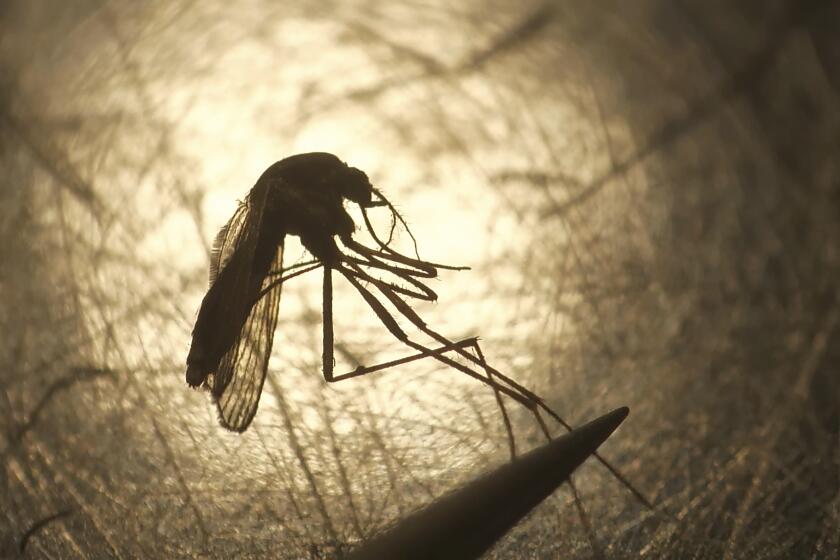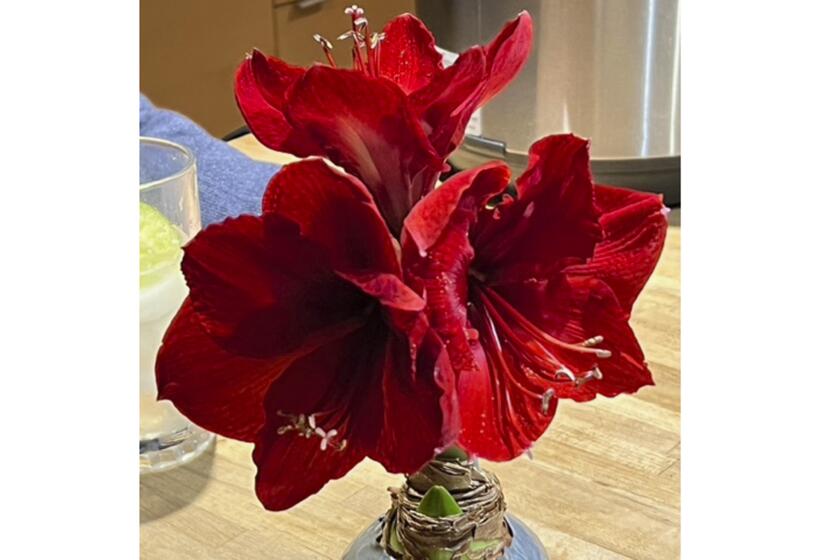Gardening: Once again, the answer is citrus

This is the dramatic conclusion of last month’s article. It contains no pop quizzes.
Most citrus varieties are self-fertile, so only one tree is needed for fruit production. No dating or mating is required. Fruit bearing begins when the trees are between 3 and 6 years old depending on the citrus type, the cultivar, climate, plant health and a little sweet talking.
Use a fertilizer made for citrus trees. Besides nitrogen, phosperous and potassium, citrus also require boron, copper, magnesium and zinc. Citrus trees also like the Mycorrhizal fungi which open up the root system so the soil nutrients can reach the leaves.
To prune, remove citrus tree suckers at their base. Remove dead wood and rubbing branches. Removing some interior branches will get more light into the tree, thereby reducing the risk of disease. I also trim my trees so I can reach more of the fruit.
To grow a potted citrus plant, use a half-whiskey-sized (always drink in moderation) container and buy a dwarf variety. Place a layer of rich potting soil at the bottom of the pot. Position the tree so the top of the root ball is 2 inches below the top of the container.
The roots of potted citrus should be pruned about every four years. This is not one of life’s little pleasures. Yank the tree out of its container, cut 2 inches off the roots with a knife and replant into the same pot with some fresh potting mix and fertilizer.
As my trees, they’re going on five years and all is well. This is another case where sometimes I don’t listen to my own advice. Every situation is different so do what works best for your trees.
When it comes to pests, round up the usual suspects: aphids, caterpillars, leafminer (tiny insect that bores meandering tunnels in leaves), gall wasps (lay eggs and cause deformed branch lumps), grasshoppers, mealy bugs, scales, spider mites and whiteflies. They’re all guilty.
Remove and trash infested branches and leaves. Deploy ladybugs and lacewings. Apply insecticidal soap or neem oil weekly.
Those buggers are frustrating. The supply of available curse words is insufficient to meet my demands.
According to CaliforniaCitrusThreat.org, there is an aphid-like insect called the Asian citrus psyllid that feeds on the leaves and stems. It carries a deadly bacterial disease called citrus greening disease. The symptoms are blotchy leaves and lopsided, bitter, hard fruit that stays green even when ripe. There is no cure.
Yellowing leaves are a sign of iron deficiency, cold temperatures or lack of food. Feed with bone meal and citrus fertilizer.
Citrus plants can also develop chlorosis, characterized by yellowing leaves, weird leaf veins and post adolescent acne. This is caused by a high pH (alkaline) soil, which prevents the plant from absorbing the iron, magnesium and zinc it needs to produce chlorophyll. Citrus prefers a pH between 6 and 7 Citrus prefers a pH between 6 and 7, so apply citrus fertilizer.
Citrus trees will experience “June drop” when the trees shed excess fruit. Fruit drop is heavier during hot, dry and windy weather and on trees receiving insufficient water or nitrogen. Add more nitrogen and increase watering.
Fruit splitting and leaf curling are caused by inconsistent watering or fertilization. Extend watering to the edge of the branches to a depth of 18 inches, apply fertilizer and mulch.
Misshapen fruit is often a result of high heat and low humidity. Possibly too much nitrogen.
Sticky curled leaves are caused by aphids. Douse them with a horticultural oil or insecticidal soap.
Leaf tip burn is caused by salt accumulation from irrigation and fertilization. Leach out excess salts by applying large amounts of water to the soil periodically.
Black, sooty powder on leaves is caused by mold fungi, resulting from aphids, mealybugs or whiteflies. Use a mild soap solution or horticultural spray on the top and undersides of the foliage.
Peeling or cracking bark on the trunks or branches is caused by the psorosis virus. Even if you scrape away the infected bark, fruit production will still decline. Replacing the tree might be warranted.
Citrus canker is a contagious bacterial infection and causes yellow lesions on fruit and leaves. This disease is spread by birds and bugs. Sometimes spraying with a liquid copper fungicide helps.
Anthracnose and Botrytis fungus develop after prolonged rainy periods. Buy more fungicide.
For all other problems ask Siri or Alexa.
Don’t let all of these pests and diseases discourage you. Citrus is still the right answer for your yard.
Schmidt is a Poway resident with over 40 years of gardening experience.
Get the Pomerado News in your inbox weekly
Top headlines from Poway, Rancho Bernardo and 4S Ranch, every Thursday for free.
You may occasionally receive promotional content from the Pomerado News.





